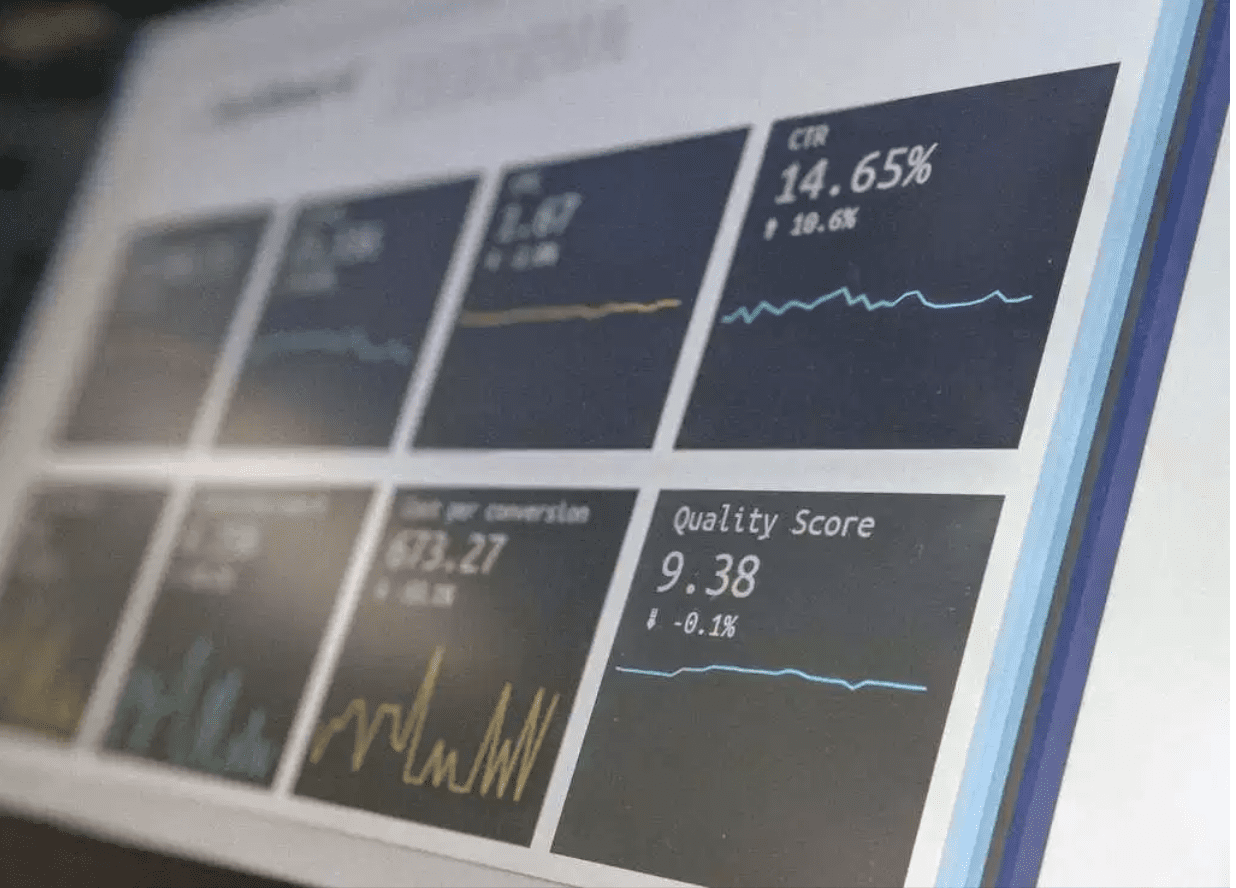If Your Small Business Isn’t Using Data Science, Are You Behind the Competition?
Now that the hype surrounding big data technology is settling, business leaders want to learn real-world uses for this technology. While this might seem like a no-brainer for firms with a sizable budget, you might be surprised to find out that even small businesses can now afford to take advantage of big data technology.
Shrinking prices have made big data analyses accessible to small-to-mid-sized enterprises (SMEs) around the world. In part, these circumstances have created extraordinary demand for data scientists who can provide services within the budget range of SMEs.
Many SMEs are locked in a never-ending battle to outpace competitors. Now, however, they can access services from cybersecurity specialists, marketing experts, and other business consultants at a price that’s within reach.
You Might Need Big Data, If…

Marketers can now discover previously hidden insights based on facts, rather than conjecture, thanks to big data systems. Now, however, big data analyses lower the cost of marketing research and development. Resultantly, SMEs can now make genuinely informed decisions and enjoy a higher probability of marketing success.
If you’re plowing more money into marketing, but yielding little results, you may need to analyze your data. Before big data, marketers manually reviewed audience information and developed campaigns based on a mix of intuition and experience.
Personalization is another major issue for many of today’s organizations. Companies must attract new business while keeping existing customers happy. This need, however, creates a problem.
Different customers have different wants and needs. It’s impossible for marketers to personalize every customer experience manually. Also, manual marketing methods provide no way for businesses to pinpoint why and how customers are most likely to convert.
How a Small Company Used Big Data to Win
In Australia, swimming pools are in high demand. In short, it’s hot there.
You’d think that swimming pools would sell themselves in the hot climate of Australia. However, one local Australian swimming pool builder found that this wasn’t the case. As a result, the contractor hired data science researchers to find out why buyers weren’t responding to marketing campaigns.
The swimming pool builder was already aware that rising housing costs stretched homeowners’ budgets. Other known variables were that more people chose to rent because of the rising cost of ownership, and at the same time, more competitors entered the swimming pool construction market.
The swimming pool contractor turned to a marketing firm to develop an effective digital strategy. In sum, the pool builder had a budget of approximately $35K.
The marketing firm’s data analysis revealed that sales went up in the summertime, and there was no surprise there. However, the company’s research showed that conversions spiked as much as 800% on certain days. This surge in business would last for approximately half a week, and then quickly subside.
The marketing company collected and analyzed 7 TB of data from the previous five year’s sales. Using that data, they found a correlation between homebuyer interest and when temperatures shot above average for more than two days at a time.
The marketing company also found a way to solve consumers’ primary pain points when this occurred. As a result, the swimming pool builder was able to generate a 54 to 1 revenue to spending ratio on future marketing campaigns based on the analysis.
You Don’t Need a Big Company to Leverage Big Data
Entrepreneurs have witnessed significant advances in big data technology over the last decade. Relatively new hardware and software capabilities now empower marketers with a seemingly endless stream of consumer behavioral data – and in real-time.
Enterprises can now lease computing power and data analysis systems on an as-needed basis, rather than investing in expensive and sophisticated on-site software and hardware. With the emergence of cloud services and pay for use data sets, even small enterprises can now find utility in big data analyses.
What’s more, many of the technologies needed for big data analysis, such as Hadoop, are open-source and freely available. Business leaders only need the talent to work with the technology, whether a full-time employee or a third-party consultant.
By combining open-source programs with affordable CRM systems, SME enterprises can now analyze the value of their best customers. In an alternative example, retailers can optimize pricing based on supply chain and inventory data. Furthermore, programmers can now use open-source application programming interface (API) coding to integrate big data tools with the most popular business software offerings and glean actionable insights.
Big data isn’t replacing modern software systems, however. It’s allowing enterprises to use software that’s already in place more effectively.
Today, forward-thinking SMEs use big data analyses to connect with potential buyers when and where they’re ripe for conversion. Big data analyses aren’t just a boon for business. The technology adds value for consumers. Companies can offer goods and services at a lower cost due to increased efficiency.
What’s more, big data analyses empower enterprises to deliver the personalized experiences that today’s consumers crave. Now, big data analysis is a must for any enterprise with the marketing budget.









